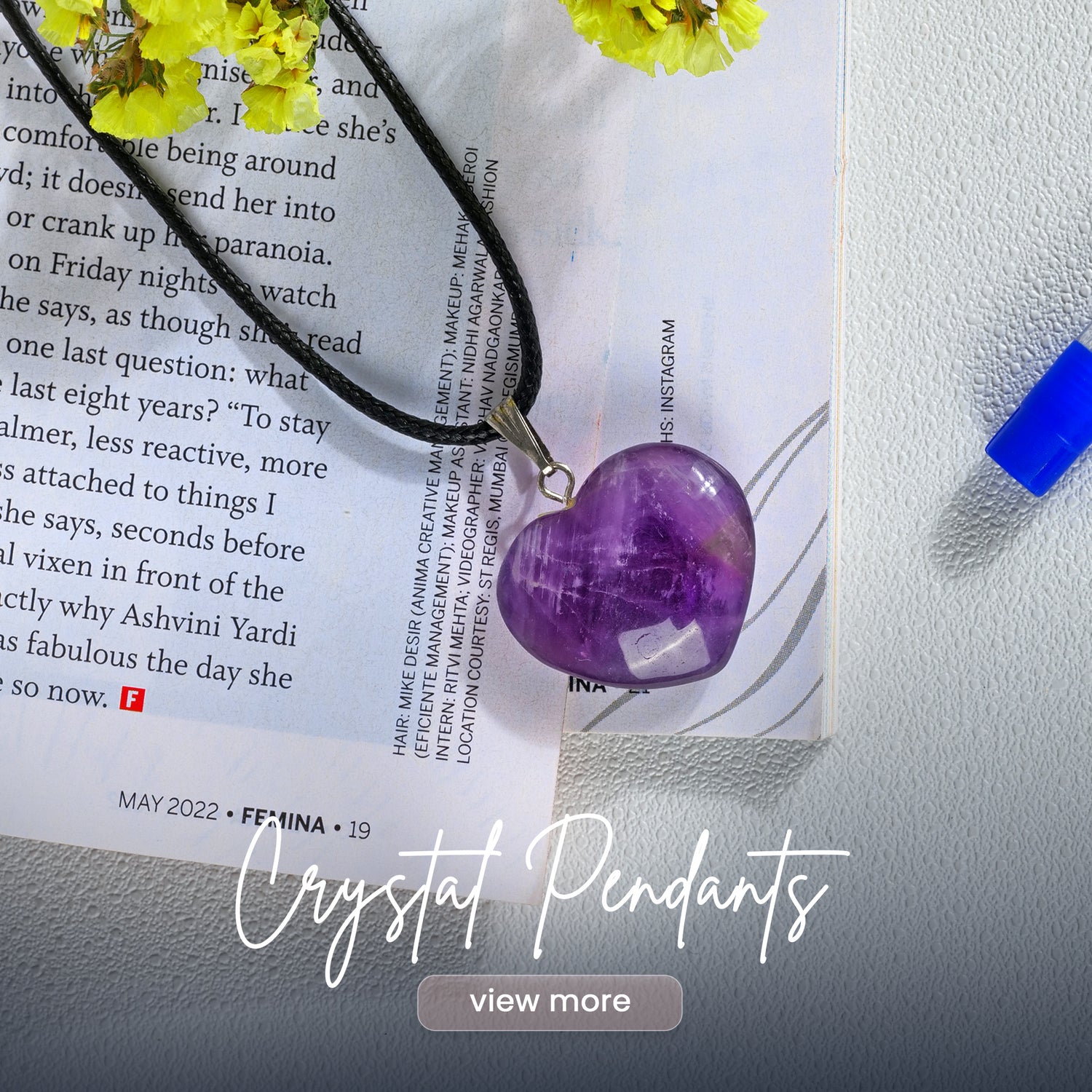Crystals are found in so many varieties and colours, they can be differentiated and sorted into separate categories on the basis of many properties. Some of the basis may include their chemical properties, their hardness, colour variations etc. Did you know, that crystals are part of crystalline solids; and crystalline solids are solid matter which are determined by their microscopic structure.
This blog is about the broad categories of crystals which are formed on the basis of their chemical properties (bonds, specifically). usually crystals are formed with tight bonds between the atoms. Then the atoms take some shape based on the type of the relation among them.
Science bit alert: Since the types of crystals explained here are on the basis of their chemical properties of bond, this blog would take you on a ride of chemistry while telling you facts about your healing crystals
Here are the types of crystals differentiated according to the type of the bonds formed between atoms:
1. Covalent Crystals:As this name suggests, the bonds of atoms of this type of crystal are covalent bonds. The beautiful diamond and the versatile quartz (such as rose quartz, smoky quartz, clear quartz etc) constitute this type of crystals. Lattice solids are hard and brittle, with extremely high melting and boiling points. Composed of atoms rather than ions, they do not conduct electricity in any state.
2. Molecular Crystals:Molecular crystals are generally composed of molecules of crystal network points and are maintained together by relatively low molecular force. Some molecular crystals, such as ice, have molecules held together by hydrogen bonds. As a result, the melting and boiling points of molecular crystals are much lower. Hence, they are weak as compared to covalent type of crystals. Also, this type of crystals do not conduct electricity. A good example is a sugar crystal, which contains sucrose molecules.
3. Metallic Crystals:The hard metals as science knows them, are often in the form of metallic crystals, where some of the valence electrons are free to move throughout the solid body of the crystal. Consider this type of crystals as lighter version of covalent crystals. Gold, copper, pyrite are a few examples of this type of crystals, which are often used as complimentary materials while wearing your favourite healing crystals.
4. Ionic Crystals:What makes this category unique is the presence of electrostatic forces, and this force in any physical body forms ionic bonds. The ionic crystal structure consists of alternating positively charged cations and negatively charged anions. Ionic crystals are characterized by their hardness and brittleness, and by their high fusion rates. Ionic compounds do not conduct electricity in the solid state, but they do when molten or in aqueous solution.
Frequently asked questions about the types of crystals:
Q. What are some examples of the ionic type of crystals?Common salt or rock salt, which can be used to cleanse your healing crystals, is an example of ionic crystals.
Q. How do crystalline solids form?
Crystalline solids typically form when a liquid cools down, or a gas condenses, allowing particles to bond and arrange themselves into a regular, repeating structure. Crystals can also form through processes like evaporation or through chemical reactions.
Q. How are healing crystals different from other types of crystals?
Healing crystals are stones or minerals that people believe have metaphysical properties that can promote physical, emotional, and spiritual healing. These crystals are often used in practices like crystal therapy, meditation, and energy work.
Q. Are there any other methods to classify the types of crystals?
Yes, another common classification of types of crystals includes identifying the atoms present in the matter. The types of crystals in such classification include: Halides, Oxides, Sulfides, etc.











